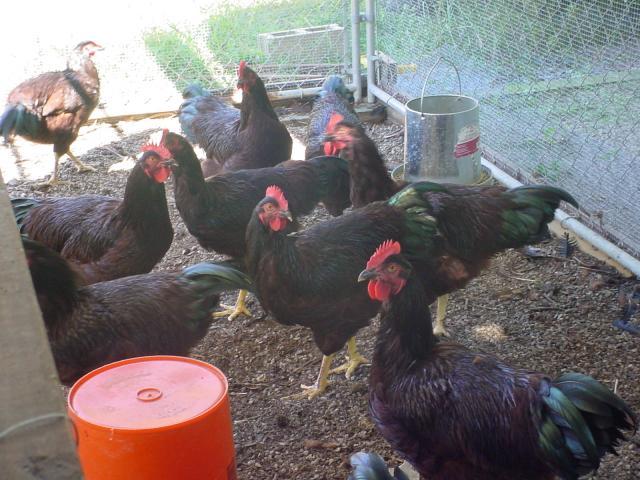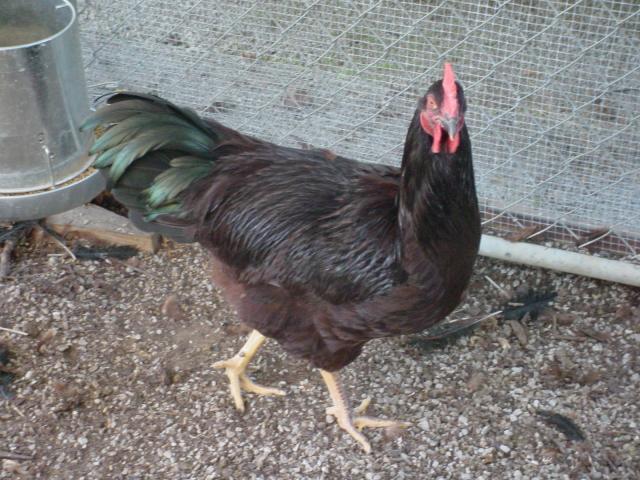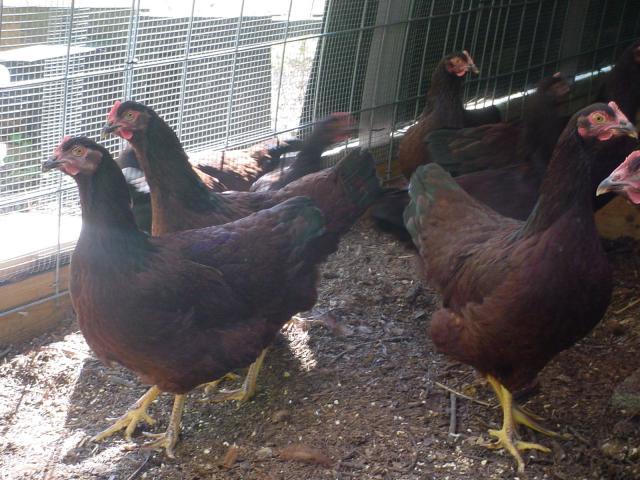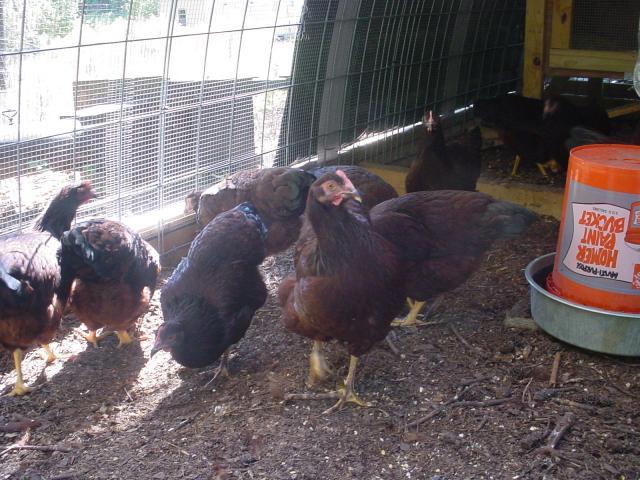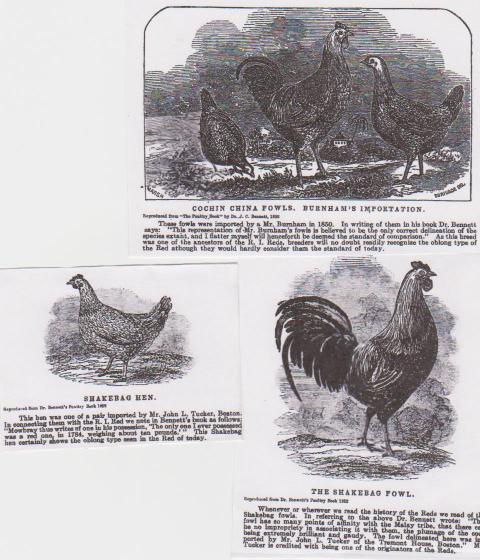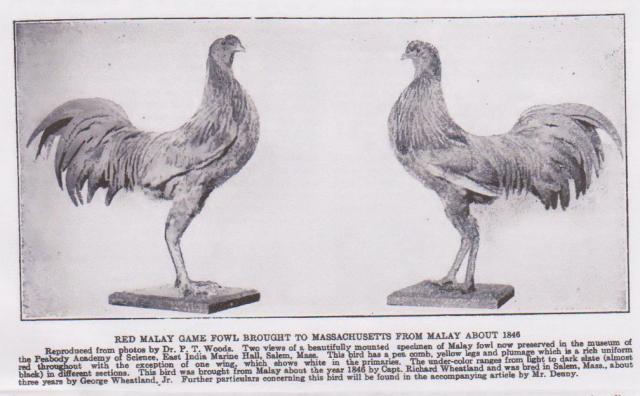Here are some I used to have. The hens were Amazon-hens! Such huge ladies, very quiet, minded their own business, non-aggressive, just fabulous ladies. Sold them to a friend for a project she was doing.




Follow along with the video below to see how to install our site as a web app on your home screen.
Note: This feature may not be available in some browsers.


